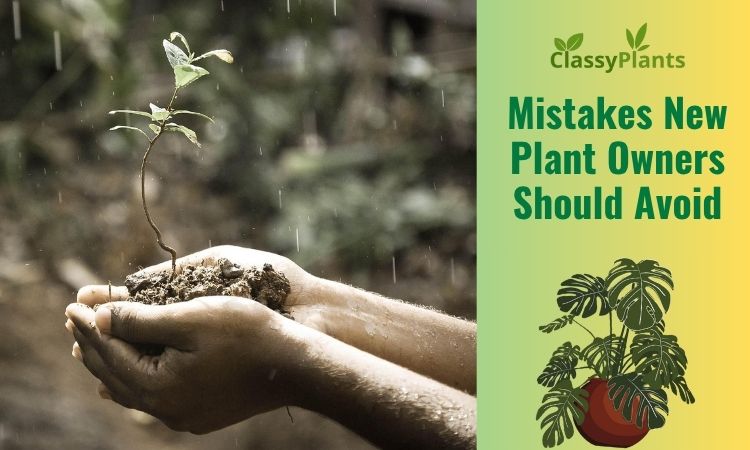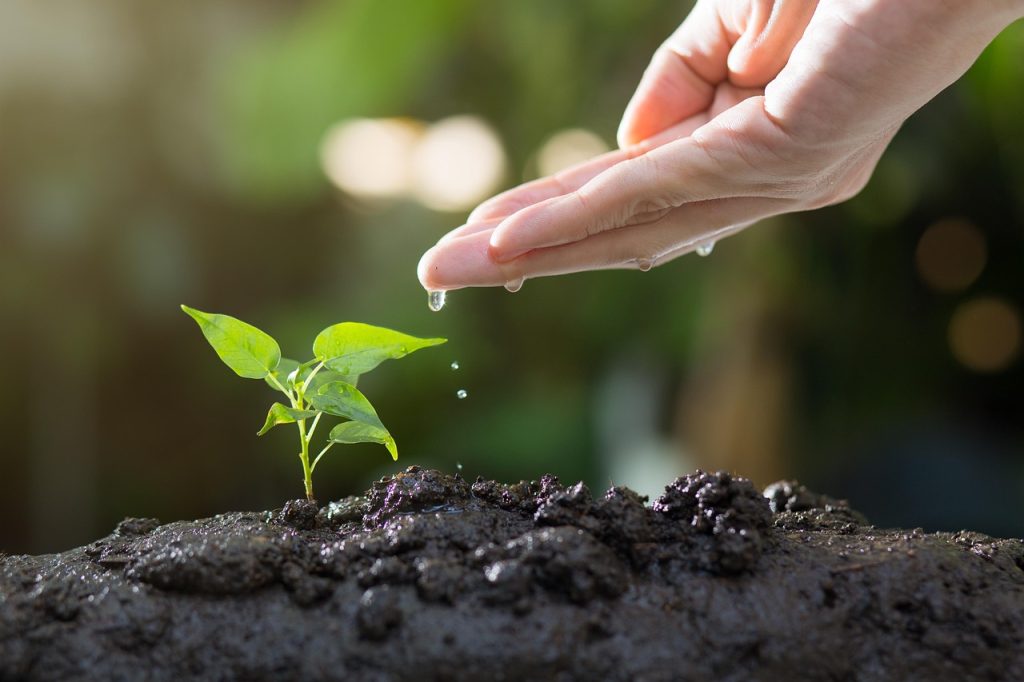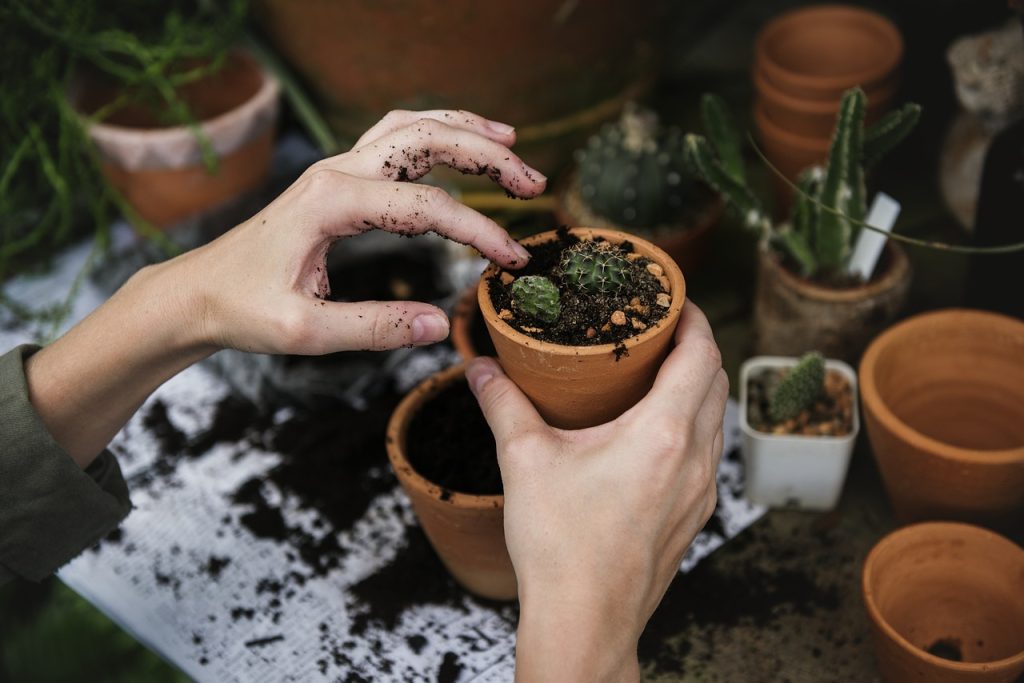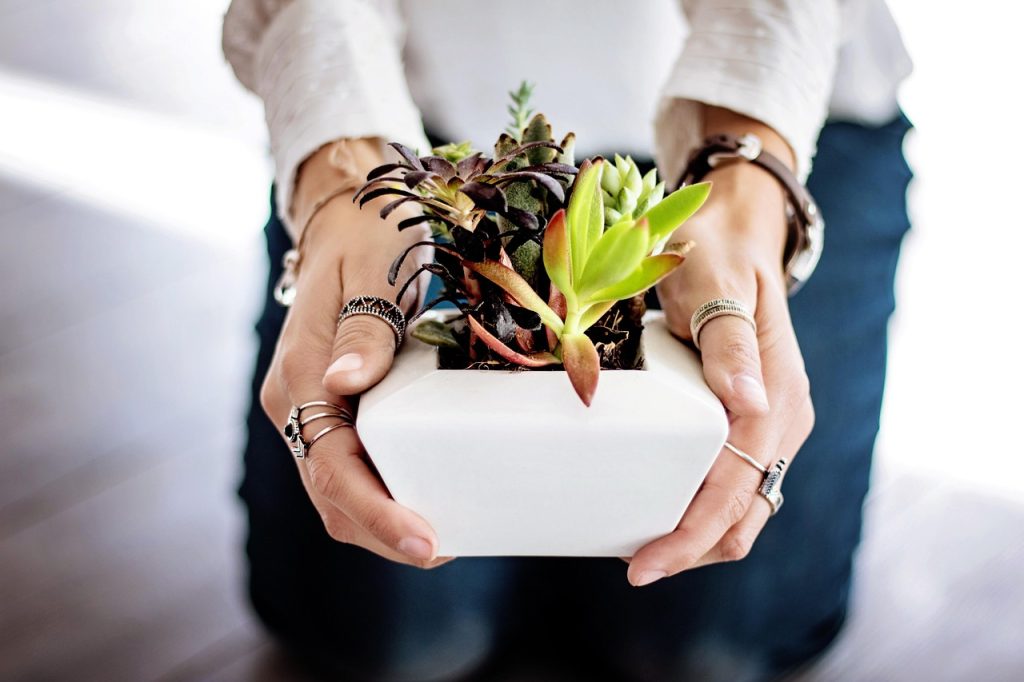Stepping into the world of plant parenthood is thrilling, your home fills with vibrant greenery, from lush pothos to quirky succulents, each promising a touch of nature’s magic. But as a new plant owner, it’s easy to stumble into pitfalls that can turn your green dreams into wilted disappointments. Mastering the Top 5 Mistakes New Plant Owners Should Avoid can save your plants and boost your confidence. This guide dives into the most common errors beginners make, offering practical solutions to keep your indoor jungle thriving, whether you’re nurturing a fiddle leaf fig or a hardy snake plant.
Why Avoiding Mistakes Matters for New Plant Owners
New plant owners often face challenges due to enthusiasm outpacing knowledge. A 2025 study from the American Horticultural Society found that 70% of beginner plant failures stem from preventable errors. By understanding the Top 5 Mistakes New Plant Owners Should Avoid, you can sidestep issues like wilting, yellowing leaves, or stunted growth, ensuring your plants flourish and your home stays green.

Top 5 Mistakes New Plant Owners Should Avoid
Here are the five most common mistakes new plant owners make, with detailed steps to prevent them and keep your plants healthy.
1. Overwatering: The Silent Plant Killer
Overwatering is the leading cause of plant death for beginners, as excess moisture suffocates roots and invites rot.
- Why it happens: New owners often water on a fixed schedule or assume wilting means the plant needs more water, ignoring soil moisture levels.
- Signs of overwatering:
- Yellowing or wilting leaves despite wet soil
- Soggy, musty-smelling soil
- Soft, mushy roots or stem bases
- How to avoid it:
- Check soil moisture before watering by inserting a finger 1–2 inches deep. Water only when the top inch feels dry.
- Use pots with drainage holes to prevent water buildup.
- Empty saucers under pots to avoid reabsorption of standing water.
- Best for: Water-sensitive plants like succulents, ZZ plants, or orchids.
- Tip: Invest in a moisture meter for precise readings, especially for deep pots.
2. Ignoring Light Requirements
Plants rely on specific light conditions to photosynthesize, and placing them in the wrong spot can stunt growth or cause leaf burn.
- Why it happens: Beginners often choose plants based on aesthetics, not light compatibility, or assume all plants thrive in low light.
- Signs of light issues:
- Leggy, stretched growth (too little light)
- Scorched or bleached leaves (too much direct sun)
- Slow growth or pale leaves (insufficient light)
- How to avoid it:
- Research your plant’s light needs (e.g., low light for snake plants, bright indirect light for monstera).
- Observe your home’s light patterns, north-facing windows offer low light, south-facing provide bright light.
- Use sheer curtains to diffuse harsh sunlight for sun-sensitive plants.
- Best for: Light-demanding plants like fiddle leaf figs or low-light-tolerant peace lilies.
- Tip: Rotate plants every 1–2 weeks to ensure even light exposure.
3. Using Poor-Quality or Incorrect Soil
Soil is the foundation of plant health, and the wrong type can hinder water retention, drainage, or nutrient availability.
- Why it happens: New owners often use garden soil or generic potting mix, unaware that plants need specific soil blends.
- Signs of soil issues:
- Compacted, waterlogged soil that stays wet too long
- Poor growth despite proper watering and light
- White crust on soil (salt buildup from low-quality mixes)
- How to avoid it:
- Choose plant-specific soil mixes (e.g., cactus mix for succulents, orchid bark for orchids).
- Opt for high-quality potting mixes with perlite, vermiculite, or peat moss for drainage and aeration.
- Repot every 1–2 years to refresh nutrient-depleted soil.
- Best for: All indoor plants, especially succulents, orchids, and bonsai.
- Tip: Add a layer of pebbles or activated charcoal to improve drainage and reduce odors.

4. Over-Fertilizing or Skipping Fertilizer
Fertilizing mistakes, either too much or too little, can disrupt plant growth, causing nutrient burn or deficiencies.
- Why it happens: Beginners may over-fertilize to “boost” growth or skip it entirely, unaware that potted plants rely on supplemental nutrients.
- Signs of fertilizing issues:
- Leaf burn or browning tips (over-fertilizing)
- Pale, weak growth or small leaves (under-fertilizing)
- White crust on soil surface (fertilizer buildup)
- How to avoid it:
- Use a balanced liquid fertilizer (e.g., 10-10-10 NPK) diluted to half strength every 4–6 weeks during spring and summer.
- Skip fertilizing in fall and winter when most plants are dormant.
- Flush soil with water every few months to remove excess salts.
- Best for: Nutrient-hungry plants like pothos or ferns, and low-feeders like cacti.
- Tip: Start with organic fertilizers like fish emulsion for gentler nutrient delivery.
5. Neglecting Pest and Disease Monitoring
Pests and diseases can quickly damage plants, and beginners often miss early signs until infestations worsen.
- Why it happens: New owners may not recognize pests like spider mites or fungal issues, or they delay treatment, assuming plants will recover.
- Signs of pest/disease issues:
- Tiny webs or sticky residue (spider mites, aphids)
- Black spots or powdery coating on leaves (fungal infections)
- Sudden leaf drop or wilting (pest stress)
- How to avoid it:
- Inspect plants weekly, focusing on leaf undersides and soil surfaces.
- Quarantine new plants for 2–3 weeks to prevent pest spread.
- Treat pests with neem oil or insecticidal soap, applied every 5–7 days until resolved.
- Best for: Vulnerable plants like calatheas or roses.
- Tip: Increase humidity with a pebble tray to deter spider mites in dry environments.
| Mistake | Common Signs | Prevention Tips | Affected Plants |
|---|---|---|---|
| Overwatering | Yellow leaves, soggy soil | Check soil, use drainage | Succulents, orchids |
| Wrong light | Leggy growth, leaf burn | Match plant to light | Fiddle leaf fig, snake plant |
| Poor soil | Compacted soil, slow growth | Use plant-specific mix | Cacti, bonsai |
| Over-/under-fertilizing | Leaf burn, pale growth | Dilute fertilizer, seasonal feeding | Pothos, ferns |
| Ignoring pests | Webs, sticky leaves | Weekly checks, neem oil | Calatheas, roses |

Why These Mistakes Are Critical
Each of these mistakes overwatering, improper light, poor soil, fertilizing errors, and neglecting pests disrupts a plant’s basic needs. Overwatering suffocates roots, wrong light hinders photosynthesis, poor soil limits nutrients, incorrect fertilizing causes imbalances, and pests weaken plants. By addressing the Top 5 Mistakes New Plant Owners Should Avoid, you create a stable environment for growth, reducing stress for both you and your plants.
Practical Solutions for Long-Term Success
To prevent these mistakes from recurring:
- Create a care routine: Check soil moisture, light, and plant health weekly to catch issues early.
- Research your plants: Use apps like Planta or books like “The New Plant Parent” to learn species-specific needs.
- Start small: Begin with low-maintenance plants like ZZ plants or pothos to build confidence.
- Keep a journal: Track watering, fertilizing, and pest checks to identify patterns and adjust care.
Read More : Beginner Bonsai Watering
Tools to Avoid These Mistakes
Invest in these tools to simplify plant care:
- Moisture meter: Ensures accurate soil moisture readings, preventing overwatering.
- Grow lights: Provide supplemental light for low-light spaces, ideal for light-sensitive plants.
- Quality potting mix: Choose pre-mixed soils tailored to your plant’s needs.
- Spray bottle with neem oil: Treats pests early and safely.
- Pots with drainage holes: Essential for preventing water buildup.
Troubleshooting Plant Problems
If your plant shows distress, use these steps to diagnose and fix issues:
- Wilting: Check for overwatering (soggy soil) or underwatering (dry soil). Adjust watering and ensure drainage.
- Yellow leaves: Reduce watering, check light levels, or flush soil to remove fertilizer buildup.
- Pest infestations: Isolate the plant, wipe leaves with soapy water, and apply neem oil for 2–3 weeks.
- Stunted growth: Verify light, soil quality, and fertilizing schedule. Repot if roots are cramped.

Advanced Tips for New Plant Owners
Once you’ve mastered avoiding the Top 5 Mistakes New Plant Owners Should Avoid, try these tips:
- Humidity control: Use a humidifier or pebble tray for tropical plants like calatheas to prevent pest-friendly dry conditions.
- Seasonal adjustments: Reduce watering and fertilizing in fall/winter when plants grow slower.
- Pruning: Trim yellow or dead leaves to redirect energy to healthy growth, especially for leggy plants.
- Companion planting: Group plants with similar light and water needs to simplify care.
FAQs About Mistakes New Plant Owners Should Avoid
Check the soil, if it’s soggy and smells musty, or if leaves are yellowing despite wet soil, you’re overwatering. Use a moisture meter and ensure drainage.
Research your plant’s light needs and match them to your home’s conditions. Use a light meter app or observe window exposure to place plants correctly.
No, different plants need specific soil mixes (e.g., well-draining for succulents, organic-rich for ferns). Choose high-quality, plant-specific potting mixes.
Fertilize every 4–6 weeks in spring/summer with a half-strength balanced fertilizer. Skip fertilizing in fall/winter for most plants.
Isolate the plant immediately, wipe leaves with soapy water, and apply neem oil or insecticidal soap every 5–7 days until pests are gone.
Conclusion
Navigating plant parenthood is a rewarding journey, but avoiding the Top 5 Mistakes New Plant Owners Should Avoid is key to keeping your greenery thriving. By mastering proper watering, light placement, soil selection, fertilizing, and pest monitoring, you’ll create a nurturing environment for your plants. Use tools like moisture meters and quality soil, and stay vigilant with weekly checks to catch issues early. With these practical steps, your indoor jungle will flourish, bringing beauty and joy to your space for years to come.